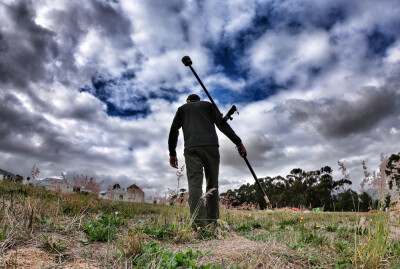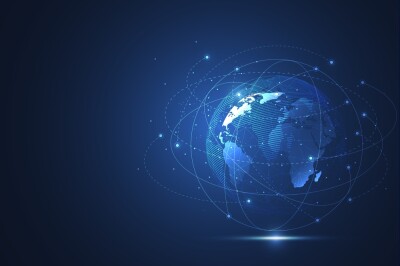As the world watches temperatures in the Pacific Northwest skyrocket, the whole climate change discussion can still seem like such a quagmire. Just about anyone who's done any looking knows the earth is warming, and that the increase in greenhouse gases plays a pretty large role. Heck, the literal coal miners' union has acknowledged it and is actively working to eliminate their own jobs as they transition into the renewable energy sector.
But that doesn't mean anyone knows exactly what to do about it. Addressing global problems at a global scale takes global collaboration and cooperation and it can mean the potential uprooting of countless people, communities, and industries. How do we do that in an equitable way that accounts for the smaller harm we might be doing as part of the larger good?
Well, 3D laser scanning is a start. It's certainly part of the plan for Ontario Power Generation, which creates half the power for the entire province of Ontario. As part of their effort to create more renewable power and be more efficient when they're using fossil fuels, OPG is thoroughly refurbishing many of its facilities and using 3D laser scanning to help them do it.
I mean, I hope every laser scanning company in the world cuts and pastes this into their sales kits:
"One of OPG’s most noteworthy current projects is the refurbishment of all four units at its 3.5-GW Darlington Nuclear Generating Station in Clarington, Ontario — a complex, multibillion-dollar, multiyear undertaking that includes removing, replacing and repairing core components as well as refurbishing the turbine generators.
A key strategy early on involved documenting the existing facilities and reactors. This included 3D laser scanning, which is the fastest, safest way to capture accurate, comprehensive as-built data in power generation and other industrial facilities."
Couldn't have said it better, myself!
Of course, if you're a provider of scanning services, you may not like the idea that OPG loved scanning so much they bought their own Leica and trained up a team of five employees to serve as an internal scanning center of excellence. But that's beside the point. If you don't know that you have to be able to integrate with your customers' workflows and provide them ready and easy access to the data, so you feel like a part of their internal team, that's a whole different blog post.
The thing to focus on is the benefits:
- More efficient workflow for the team doing the renovations.
- More access for stakeholders to be able to provide input based on visual information.
- Less travel to the job site.
- Better ability to maintain facilities over time and inspect them regularly.
- Cost savings!
Quite simply, making it easier, safer, and less costly to refurbish our energy industry is a huge, huge benefit for helping to slow the warming of the planet and reduce greenhouse emissions. But, more broadly, many of these benefits are climate savers independent of the industry you're working with or in.
Digitization can reduce travel
Less travel due to the ability to view things virtually is a huge greenhouse gas saver. I've heard from architects that they can now work on renovation projects all around the world without ever having to leave their home offices. They just design straight from the scan or the BIM.
Digital twins can enable targeted maintenance
Things get more power-hungry as they age; friction builds up, especially. With digital reproductions of large-scale operations, it's much easier to identify places that will need frequent lubrication or replacement of parts and to design maintenance programs that prevent waste from happening before things degrade.
More accurate models for solar array placement
With mobile mapping, large areas can quickly be rendered virtually and modeled for where the sunlight will best hit and how to design solar capture to be as efficient as possible. Similar possibilities exist for wind and other methods of turning the elements into energy.
And there are any number of other relatively universal benefits that you can likely come up with in your own specialty.
Of course, there are some drawbacks. Working with huge datasets requires processing power, which eats up energy. While laser scanning might not exactly be crypto-mining, it's still a bit power hungry. And the manufacture of the devices uses resources that might require the extraction of rare earth metals. But, in large part, it's a relatively low-impact industry that should create a net benefit as we wade into a warming future.
As we stare down yet another hot summer, which may turn out to be the coolest summer of the rest of our lives, consider how you might do your part in focusing on the core of every climate activist’s message: Conservation. How do we do more with less? How do we eliminate waste? How do we make things last longer and require less energy?
These are questions the reality capture community can help with, one laser scan at a time.






